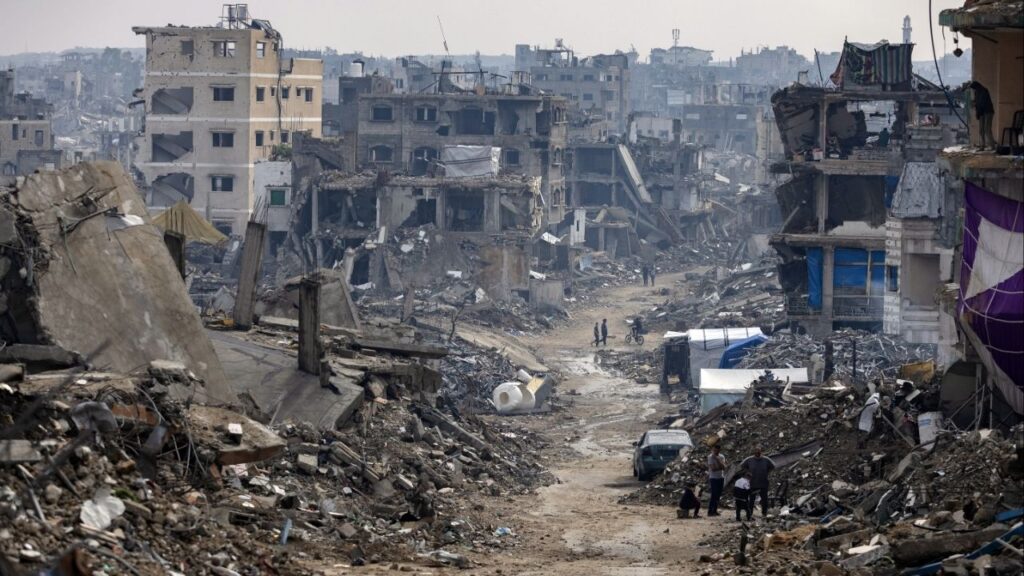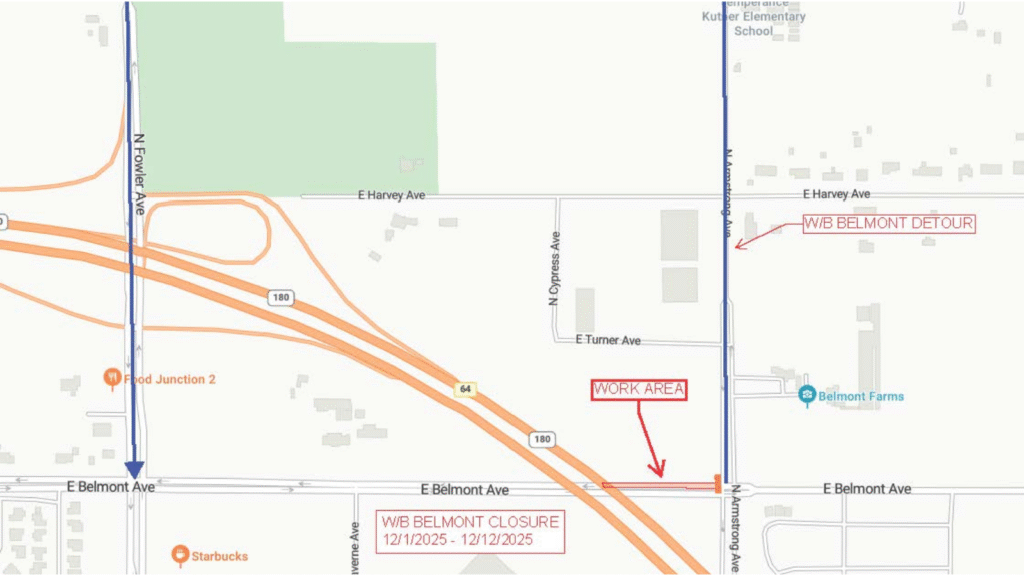Share
As this much-troubled year began, the twin crises of homelessness and a broader housing shortage were, by common consent, California’s most pressing political issues.
Gov. Gavin Newsom devoted almost all of his State of the State address to them in February and legislators introduced dozens of housing bills.

Dan Walters
Opinion
Within a few weeks, however, housing and homelessness took a back seat as two new twin crises slammed into the state — the COVID-19 pandemic and a severe recession triggered by an anti-virus economic shutdown.
Meanwhile, ambitious housing bills languished in a pandemic-truncated legislative session wracked by internal discord. Most spectacularly, Senate Bill 1120, which would have more or less erased single-family zoning to spur construction of multi-family projects, died in the final three minutes of the session despite being carried by Senate President Pro Tem Toni Atkins.
It, like many other failed bills, sought to give housing advocates more clout to deal with local governments and neighborhood preservation advocates who shun high-density projects.
Although legislative efforts faltered and Newsom concentrated on other, more immediate crises — including horrendous wildfires that destroyed hundreds of houses — a state agency, without fanfare, issued new housing quotas aimed directly at officials who resist development.
The New Decrees Hit Major Metropolitan Areas, Where Housing Shortages Are Most Acute
Ostensibly they are just routine updates of “regional housing needs assessments” that the Department of Housing and Community Development issues every eight years. However, driven by a recent state law, the new housing goals for the 2022-30 period are much higher than previous versions and contain some enforcement that was previously lacking.
Sen. Scott Wiener, a San Francisco Democrat, carried the new law, Senate Bill 828, with the support of the Bay Area Council, a prominent business group that has advocated sharply increasing housing production.
The new decrees hit major metropolitan areas, where housing shortages are most acute, particularly hard. Overall, state goals in the four largest areas call for more than two million new units in the 2022-30 period to ease current shortages, deal with new population growth and offset losses of housing to old age and fire. That is more than twice the 2013-22 quotas.
In the six counties of the Southern California Association of Governments, which contain nearly half of the state’s population, the state agency’s goal more than tripled from just over 400,000 units to 1.3 million in the 2022-30 period, largely because of a new adjustment for too much overcrowded housing.
Opposition Is Strongest in the Affluent Bay Area Suburbs
The nine-county Association of Bay Area Governments, including San Francisco, was told that its new construction goal would increase from 187,990 units to 441,176. Increases in the other two major metropolitan areas, Sacramento and San Diego, are modest because they are producing much of their needed housing.
Having received their new goals, regional planning agencies are required to mete out specific numbers to their city and county governments, but in the weeks since the new quotas were issued, resistance has developed among affected local governments and officials are mulling whether to challenge them in court.
Opposition is strongest in the affluent Bay Area suburbs and critics have new ammunition in a study by the Palo Alto-based Embarcadero Institute, an ally of local governments and high-density housing opponents.
The study contends that in the state’s four major metropolitan areas, SB 828’s methodology and calculations by the Department of Housing and Community Development “unwittingly” resulted in goals nearly twice what’s actually needed.
The difference between the state and Embarcadero Institute is more than 900,000 units and the study clearly sets the stage for a legal and political showdown on how far the state can go in forcing reluctant local officials to generate more housing construction than they want.
RELATED TOPICS:
Categories

Gaza Death Toll Tops 70,000, Health Ministry Says


















